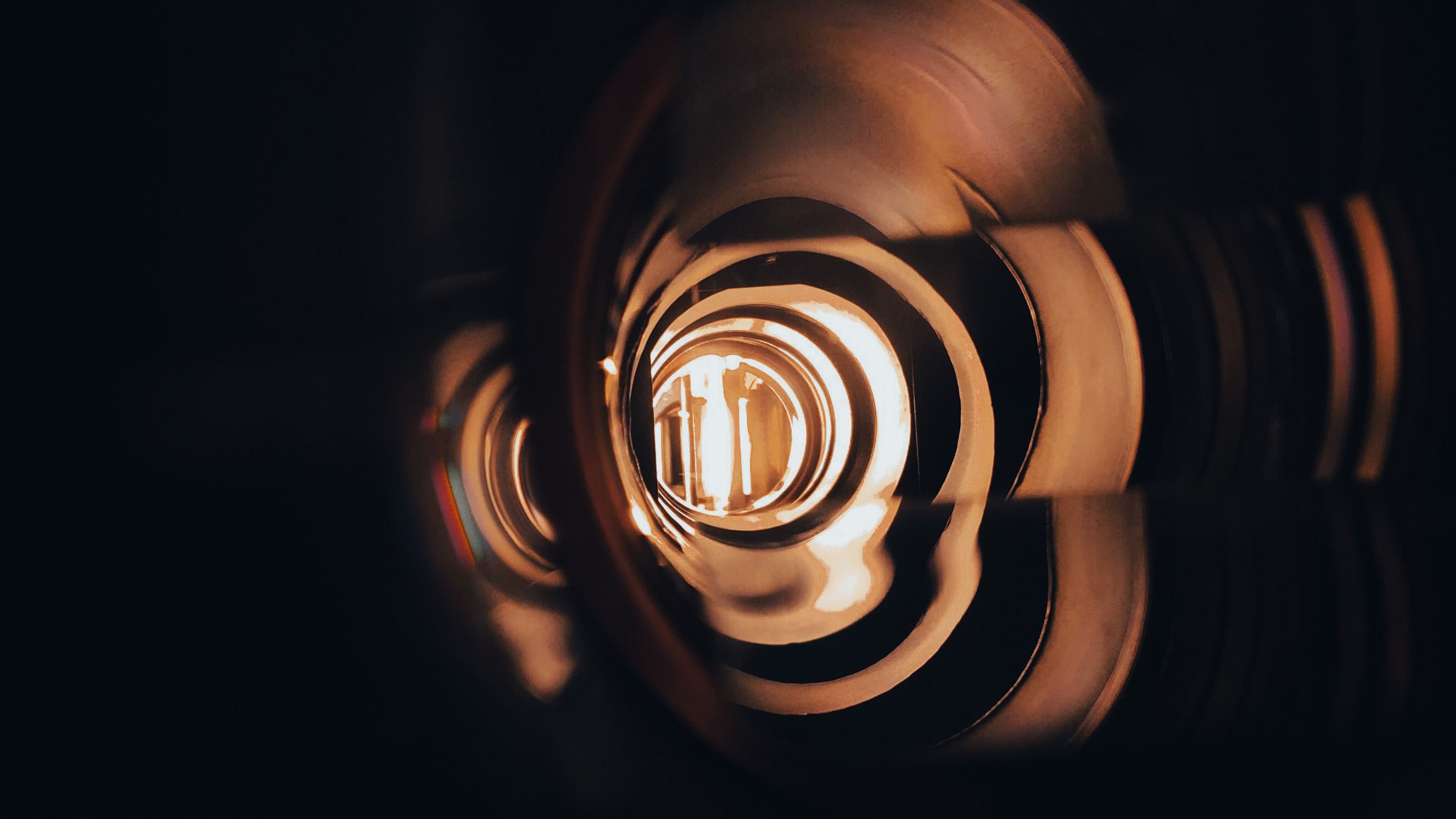Ultra-Slow Muons

Introduction
Muons are extensively used in materials science and particle physics as highly sensitive miniature magnetometers. They are produced in accelerator facilities by irradiating high-energy proton beams onto targets like carbon, resulting in pions that decay into muons. These muons have spin polarization and can produce monochromatic 4 MeV muons from stationary pions. Surface muon beams, known as "meson factories," have been employed since the mid-1980s and have shown significant achievements with near-perfect spin polarization, monochromaticity, and high intensity. However, due to muons' characteristics, such as their large emittance and short lifetime, implementing techniques like stochastic or electron cooling is challenging. While reducing emittance through rapid muon deceleration and re-acceleration is theoretically possible, practical implementation with solid metal deceleration materials for surface muons has been inefficient. Many measurements using muon spin rotation/relaxation/resonance techniques rely on 4 MeV surface muon beams, limiting measurements to bulk samples. To study intriguing physical phenomena in thin films, small samples, and at surfaces/interfaces, a tunable and low-energy muon beam is crucial.
ミュオンは高感度の極小磁力計として物質科学や素粒子物理学の研究において幅広く応用されています。加速器施設では高エネルギーの陽子ビームを炭素などの標的に照射して核反応からパイ中間子を生成し、これがミュオンとニュートリノに崩壊する反応を利用します。このとき放出されるミュオンはスピン偏極し、さらに静止したパイ中間子からは単色4 MeV のエネルギーを持ったミュオンが得られます。ミュオン標的の表面近傍で静止したパイ中間子の崩壊によるミュオンを選択的に捕集することが可能で、この方法で得られるミュオンビームを「表面ミュオンビーム」と呼びます。表面ミュオンビームは1980 年半ばより世界各地の”中間子工場”と呼ばれる加速器施設で利用され、完全に近いスピン偏極率と単色性、強度を兼ね備えた実用性の高い量子ビームで多くの成果を挙げました。一方で、三次粒子であるためエミッタンスが大きく、寿命が短いことから確率冷却や電子冷却も困難でした。短時間のうちに減速したミュオンを再加速することができればエミッタンスを低減できるものの、表面ミュオンを固体金属の減速材に照射して減速する手法は効率が極めて低く、実用的ではありませんでした。ミュオンスピン回転/緩和/共鳴法による計測の多くはエネルギー4 MeVの表面ミュオンビームを用い、測定対象がバルク試料に限定されています。薄膜および微小試料、表面/界面における興味深い物理現象を観察するためには、可変かつ低エネルギーのミュオンビームが必要となります。
Generation of Low-Energy Muons
Since muons have a lifetime of only 2 microseconds, many deceleration and cooling techniques commonly used in atomic physics are not applicable. To momentarily slow down muons, two techniques are known: epithermal muon production using solid rare gas moderator and ultra-slow muon generation via laser ionization of muonium. J-PARC MUSE has successfully implemented the latter technique and aims to advance research in materials science. Muonium is a bound state of a positive muon and an electron, sharing energy levels similar to hydrogen atoms. Exciting it from 1S state to 2P state with 122 nm wavelength light and then dissociating it with a 355-nm light can release muons. These released muons possess the same kinetic energy as the original muon, meaning that ionizing room-temperature muonium yields ultra-slow muons with an energy of 25 meV at room temperature. At KEK, muonium atoms are generated by irradiating the surface of tungsten heated up to 2000 K with a surface muon beam. In this case, the initial energy of the ultra-slow muons is 0.2 eV.
ミュオンは2マイクロ秒の寿命で崩壊してしまうため、Zeeman減速や磁気光学トラップなどの原子物理学で用いられる多くの減速・冷却法は適用できません。瞬間的にミュオンを低速化する技術として、固体希ガス減速材による熱外ミュオン生成とミュオニウムのレーザー乖離による超低速ミュオン生成が知られています。J-PARC MUSEでは後者の技術を実用化し、物質科学研究を展開しようとしています。 ミュオニウムは正ミュオンと電子の束縛状態で、水素原子に似たエネルギー構造を持っています。波長122 nmの光で1S 態から2P状態に励起すると、波長355 nmの光で乖離できるようになります。この方法でリリースされたミュオンは 元になったミュオンと同じ運動エネルギーを持ちます。すなわち、室温のミュオニウムをイオン化すれば室温25 meVの超低速ミュオンが得られます。KEKでは、2000 Kまで加熱したタングステンに表面ミュオンビームを照射してミュオニウムを生成しています。この場合の超低速ミュオンの初期エネルギーは0.2 eVです。